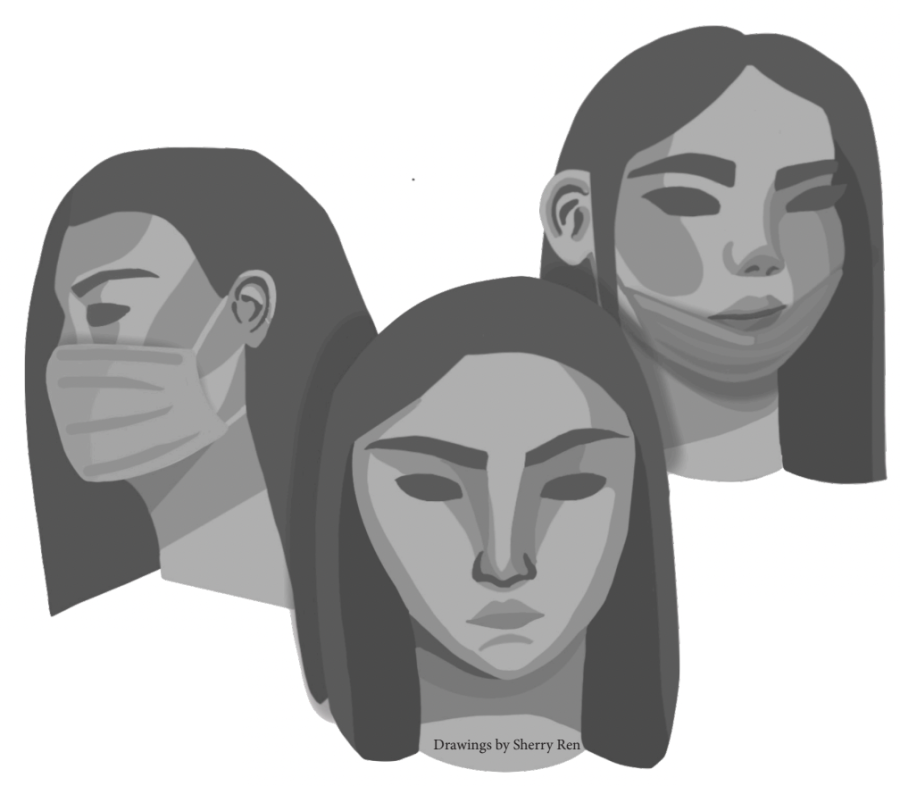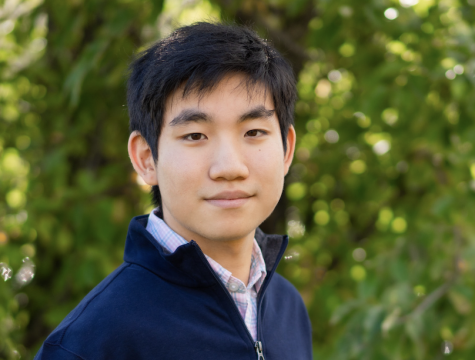School considers maskless learning
Some urge caution while others await ‘personal freedom’
March 2, 2022
As Massachusetts Governor Charlie Baker announced the lifting of the statewide mask mandate across public school districts in early February, Head of School Jen Price reported the school hopes to pursue a similar path following March Break. In her email announcement on February 9, Dr. Price cited the state plan and the school’s response to COVID as contributing factors to this decision.
“We believe, in coordination with our consulting physician Dr. Richard Goldstein, that our community will be best served if we work towards the goal of optional masking indoors upon our return from March Break,” Dr. Price wrote. “Doing so will give us the most thoughtful, data-driven path to plan for the complexities associated with this decision, such as accounting for our unvaccinated students, supporting our families who want their child/ren to remain masked, and navigating what role testing will play in this process.”
As of February 28, the school reported zero positive COVID cases for two consecutive weeks of testing at the Upper School (US) and three consecutive weeks at the Middle School (MS) and Lower School (LS). Additionally, there have been fewer self-reported COVID cases per week; from January 21 to February 25, the self-reported cases decreased from 43 to four. This decrease follows the downward trend of cases across the state, Dr. Price wrote in her email.
Currently, the school plans on continuing to offer testing options, including PCR testing every Tuesday and rapid antigen testing at home each weekend, for B-12 students and faculty and staff while also requiring unvaccinated students to eat in assigned seating indoors. The school has lifted their masking requirements for being outside, including during athletics, and has announced the return of large-group indoor gatherings and school-sponsored overnight trips.
The school intends to follow up with further specific communication in the coming weeks regarding this planned transition.
Several community members are in support of this proposed transition towards an optional masking requirement. Owen Dowden ’23 said he sees COVID as a lasting issue—one which the school will have to adapt to.
“I feel comfortable with them removing the mask mandate because at a certain point we just have to accept that COVID is endemic and that it’s going to be here to stay. It’s getting a little absurd how we keep taking so many precautions when the situation isn’t going to change, and the placement and time when we would remove them comes with the end of the Omicron spike,” Owen said.
“It would be great to be totally back to ‘normal,’ but, personally, I don’t mind continuing to wear a mask. Sitting around a table in a regular classroom with a mask on is much more enjoyable than the hybrid, distanced classes we had last year. The mask doesn’t feel like a significant inconvenience to me after last year’s challenges. I trust that BB&N is listening to public health guidance and considering our next steps carefully.”
—US History and Social Sciences Teacher Matt Turnbull
Kellan Fournelle ’23 said he believes removing the mask mandate will also contribute to students’ emotional well-being.
“I’d be very happy with the decision to drop the mask mandate after March Break because I am able to better connect with my peers when I can visualize their whole face and emotions,” he said. “Also, it’s an annoyance to have on your face all day.”
Some are open to the new policy but urge a cautious approach. English Teacher Sam Crihfield said he looks forward to teaching without a mask but hopes the school will take the time needed to fully make an informed decision.
“I’m eager to be able to teach without masks, but I’m hoping that BB&N errs on the side of caution with regard to when to stop mandatory masking. To me, it seems like our spring break timing provides us with a useful time period to observe case trends and results from other schools. Hopefully we can safely go maskless after spring break because case counts are very low. It doesn’t seem like a decision that should be rushed, especially considering that some faculty and students have young, unvaccinated children or siblings at home.”
Arts Department Chair Laura Tangusso said she believes the warmer weather in the spring will help ensure safety when the school transitions their mask policy.
“I look forward, as I think most everybody does, to not having to wear masks at school,” she said. “It’s a big change to go back to no masks, and I’m really not sure how I’ll feel, so I would prefer to wait till we come back after March Break when we’re that much further past the surge. The weather will more likely allow opening of windows and doors should that feel safer to some of us.”
“I have faith that the school is working with health care professionals to determine the best possible solution for the safety of their students. Whatever they choose to do I will support.”
—Theo Goldman ’22
Beyond health and safety issues, Elizabeth Chin ’23 said, she anticipates social tensions among the student body.
“I think we’re at a point where people can make educated decisions for themselves based on what they’re comfortable with in terms of mask usage. For the people who are more cautious about COVID, they might feel uncomfortable if other people aren’t wearing masks around them,” she said. “Even though it will be their choice to wear a mask or not, it’s definitely going to be complicated with people not wearing masks and people wearing masks and the tensions between the two groups.”
Shane Hanafin ’22 said he believes lifting the mask mandate will promote community.
“It’s about time we get some personal freedom back. The masks themselves have also been nothing more than a source of confrontation between students and faculty. Instead of having normal, productive conversations, many of the interactions with the school staff have turned into ‘Pull your mask up!’ or ‘Over your nose!’ It has taken the humanity out of human interaction. It has to go.”
Cole Gaynor ’22 said he favors a continuation of the mask wearing policy to ensure safety.
“Even if things look better now, we’ve been blindsided by COVID before,” Cole said. “I would much rather keep masks on for the whole year and be 100% sure that we stay in school; school closing again would be a huge problem and would be so much worse than just wearing masks.”
Ana Chrysa Maravalias ’24 said she is concerned about lifting the mask mandate immediately following March Break based on the trends shown in previous breaks and believes the school should maintain the current mask policy for several weeks after March Break.
“I think that, as it was introduced, the protocol of lifting the mask mandate seems a bit hasty,” Ana Chrysa said. “After Winter Break, we saw that cases spiked; this, I think, was a natural result of people traveling and meeting in large groups over the holidays. I’m worried that a similar situation will occur after March Break, and that without the protection that masks provide, the spread of COVID within our school will go uncontrolled, at least for a few weeks. I understand the desire for normalcy but think that we need to measure risks along with benefits in any case.”


